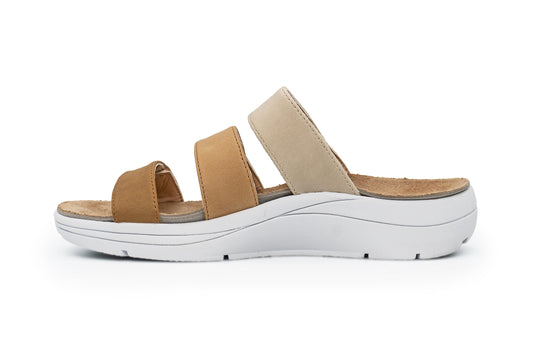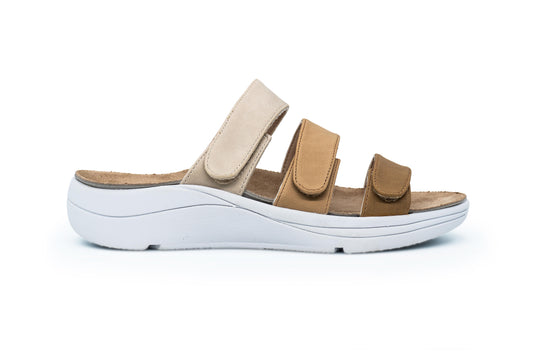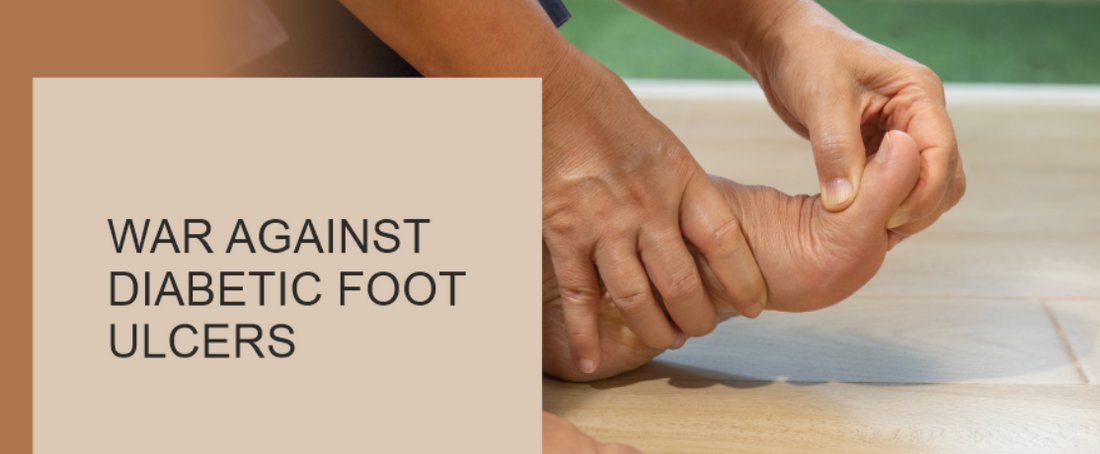Understanding and Preventing Diabetic Foot Ulcers: A Comprehensive Guide
Diabetic foot ulcers pose a significant threat to individuals managing diabetes, potentially leading to severe complications like infection, amputation, and increased mortality. Particularly prevalent in those with type 2 diabetes, these ulcers often originate from seemingly minor injuries due to compromised blood vessels and nerves caused by elevated blood sugar levels.
To mitigate the risks, consider the following preventive measures:
- Foot Care Routine: Implement a meticulous foot care routine, involving daily washing, inspection for cuts or redness, and the use of properly fitting diabetic shoes. The right footwear is essential for comfort and reducing pressure points on the feet.
- Regular Foot Exams: Schedule routine foot exams with your healthcare professional to identify potential issues early on. Early detection allows for timely intervention and minimizes the risk of complications.
- Blood Sugar Control: Maintain optimal blood sugar levels as a primary preventive measure. Consistent high blood sugar damages nerves and blood vessels, diminishing the ability to sense pain or detect injuries.
Diabetic Foot Ulcer Treatment: If a diabetic foot ulcer develops, prompt treatment is crucial:
- Wound Cleaning and Dressing: Seek professional care for cleaning and dressing the ulcer to prevent infection.
- Medications: Antibiotics may be prescribed to address infections, along with pain medications as needed.
- Wound Care: Surgical intervention might be necessary in some cases to remove dead tissue or close the ulcer.
With effective treatment, most diabetic foot ulcers can heal. However, ongoing preventive measures are essential to avoid recurrence.
Additional Tips for Prevention:
- Wash feet daily with warm, soapy water.
- Thoroughly dry feet, especially between toes.
- Apply moisturizer, excluding areas between toes.
- Trim toenails straight across and file edges.
- Choose diabetic shoes with proper fit and arch support.
- Avoid walking barefoot.
- Inspect feet daily for cuts, blisters, or redness.
- Regular foot exams by a healthcare professional.
Diabetic Foot Ulcer Statistics:
- Leading cause of non-traumatic amputations in the United States.
- Over 250,000 diabetes-related hospitalizations annually for foot ulcers.
- Estimated annual cost of treating diabetic foot ulcers exceeds $10 billion.
DiabeticShoes - Your trusted partner for diabetic footwear solutions, committed to providing quality products ensuring both style and foot health.








